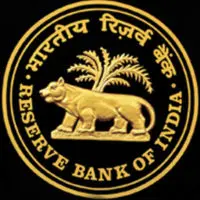The Reserve Bank of India (RBI) is to build a prototype digital rupee and test it in a range of scenarios and use cases as part of its “phased implementation strategy” for introducing a central bank digital currency (CBDC).

The RBI lays out its plans in a concept note that identifies the key design, technology and policy implications of launching a CBDC and says that it is currently exploring the option of implementing an account-based digital rupee in the wholesale sector and a token-based digital rupee in the retail segment.
Specifically, the RBI says that it will develop a prototype digital rupee, carry out tests “in an operationally controlled environment to examine its functionality” and “test cases with both positive and negative scenarios to examine its durability” prior to launching “large-scale pilots with a diverse and larger user base”.
“Participants in the pilots must include users from different income levels, literacy levels, regions, genders and age groups. This will help RBI understand the potential use of the CBDC in a diverse country like India,” the bank adds.
The RBI has yet to finalise which technological infrastructure it will deploy to support a digital rupee and is now deliberating “the various aspects of technological choices available”, including the suitability of different models, security of the token creation process, preventative counterfeiting measures and security considerations “especially in offline transactions and smart contract features”.
The digital rupee should also be able to utilise current payments infrastructures such as India’s Unified Payments Interface and digital wallets including Paytm and Google Pay because such interoperability “contributes to achieving adoption, co-existence, innovation and efficiency for end-users”, the bank says.
“Depending on the different use cases, multiple technological options shall be tested and, based on the outcomes, the final architecture shall be decided.”
The RBI was one of the 26 central banks around the world that contributed a paper to the ‘CBDCs in Emerging Market Economies’ report published by the Bank for International Settlements in April.
Next: Visit the NFCW Expo to find new suppliers and solutions